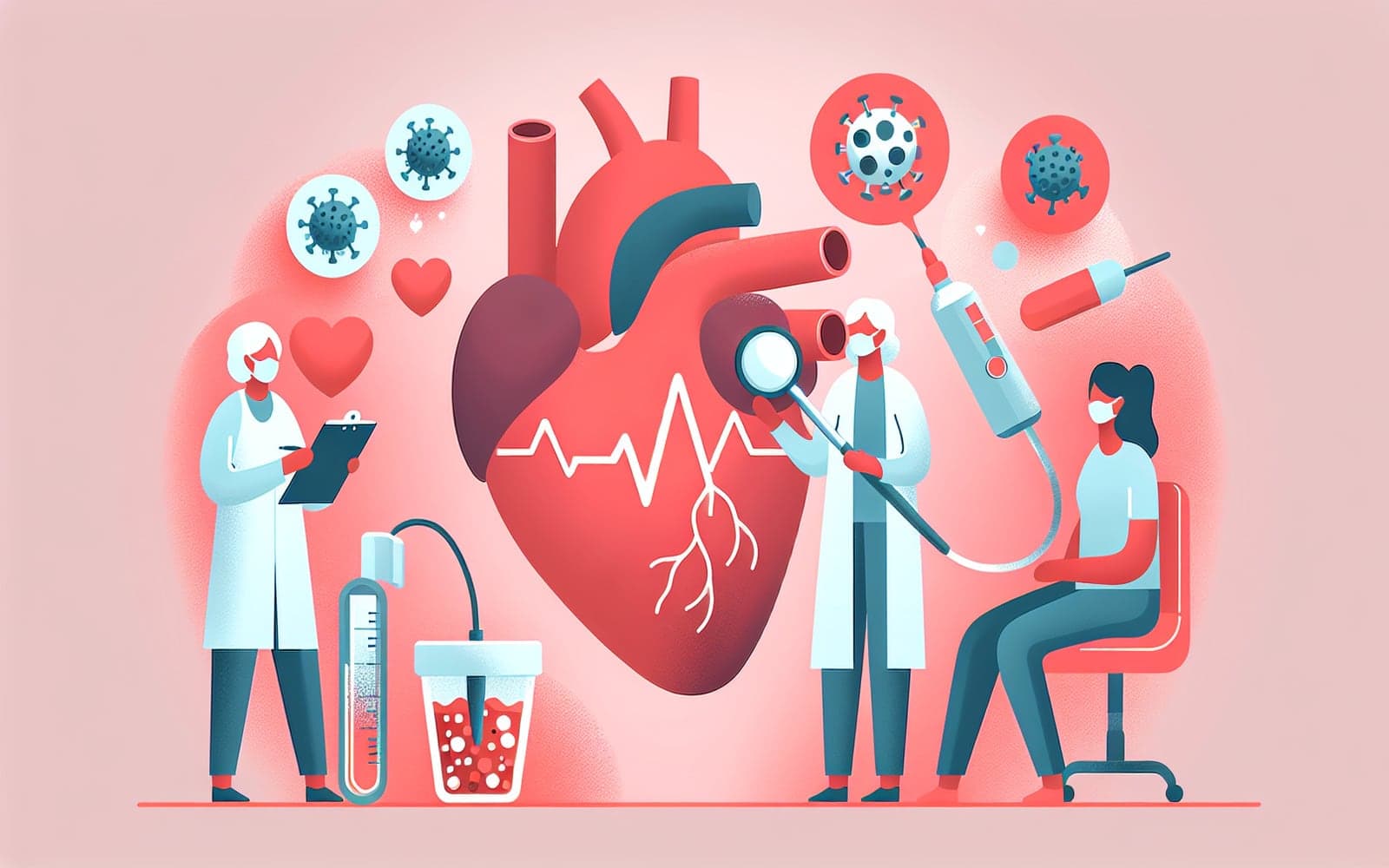Are You at Risk for Native Valve Endocarditis? Key Factors to Know
Published: Feb 22, 2024

Medically reviewed by Jerome Albert Ecker | MD, Assistant Professor of Medicine, Duke University - Durham, NC on February 22nd, 2024.
Native valve endocarditis doesn't affect everyone equally. Understanding your risk factors can help with prevention and early detection of this serious heart infection.
Contents
Heart-Related Risk Factors
Pre-existing heart conditions increase endocarditis risk. These include congenital heart defects, artificial heart valves, and previous endocarditis. Degenerative valve disease in older adults is also a risk factor. Mitral valve prolapse with regurgitation poses a moderate risk.
Lifestyle and Medical Risk Factors
Intravenous drug use is a major risk factor for endocarditis. Poor dental hygiene can allow oral bacteria to enter the bloodstream. Certain medical procedures, especially those involving the urinary tract or intestines, can introduce bacteria. Chronic health conditions like diabetes may increase susceptibility.

Healthcare-Associated Risk Factors
Long-term intravenous catheters or hemodialysis access can serve as entry points for bacteria. Recent hospitalization or living in a long-term care facility increases exposure to antibiotic-resistant bacteria. Immunosuppression from medications or conditions like HIV also raises risk.
Frequently Asked Questions
Not all murmurs increase risk; it depends on the underlying cause.
The infection isn't inherited, but some risk factors like heart defects can be genetic.
They can if not done under sterile conditions.
Key Takeaways
While some risk factors can't be changed, many can be managed to reduce your chance of developing endocarditis.
Concerned about your endocarditis risk? Discuss your personal risk factors with Doctronic.Related Articles
References
Cahill TJ, Prendergast BD. Lancet. 2016;387(10021):882-893.
Holland TL, et al. N Engl J Med. 2016;375(23):2261-2268.
This article has been reviewed for accuracy by one of the licensed medical doctors working for Doctronic. Always discuss health information with your healthcare provider.

